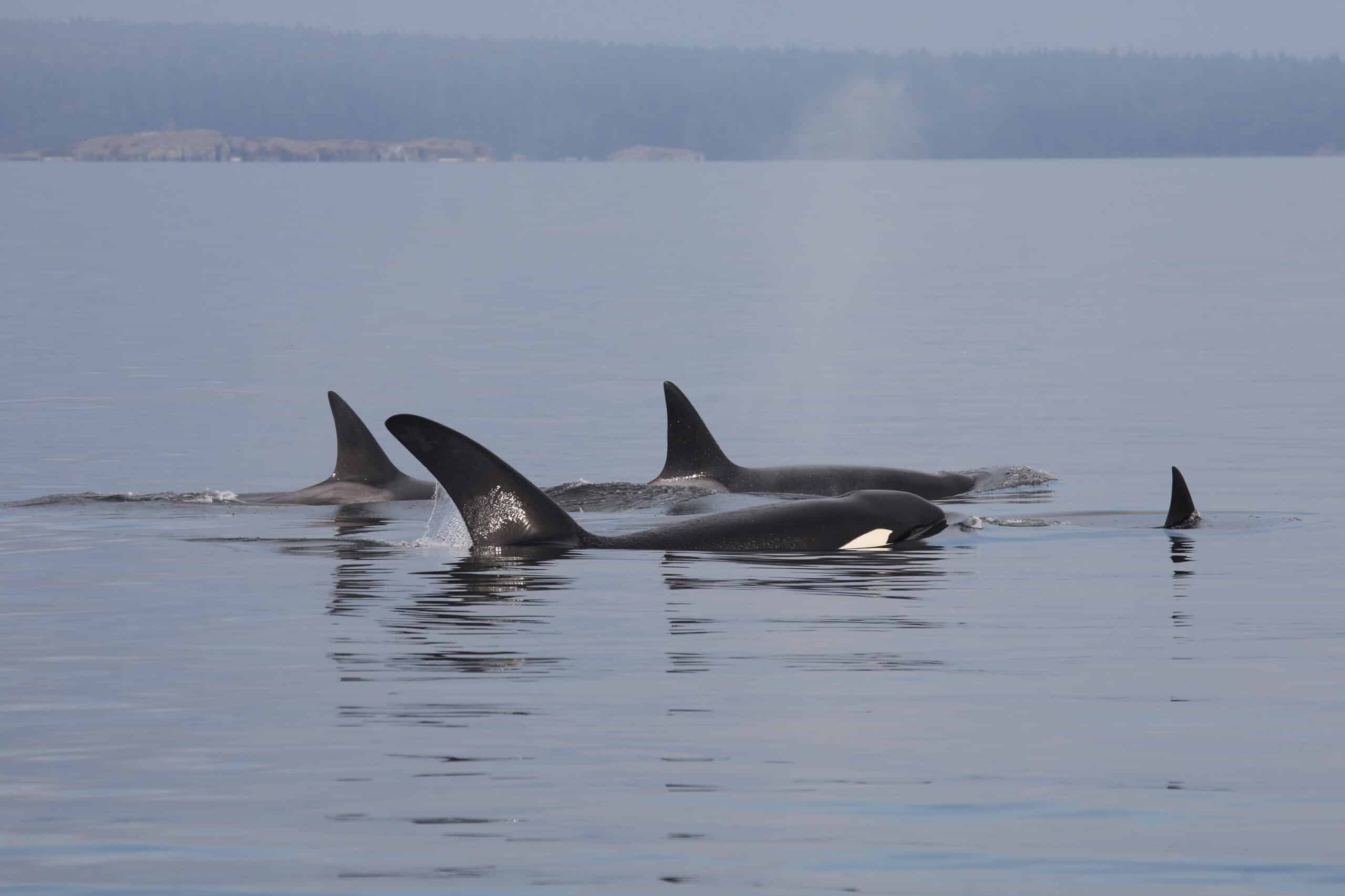Tahlequah, a southern resident killer whale also known as J35, has once again captured the hearts of people worldwide. Nearly six years after famously carrying her deceased calf for 17 days, she is now repeating the poignant behavior with another newborn that has sadly died.
A Mother’s Devotion Knows No Bounds

Tahlequah was first spotted with her new calf, named J61, on December 20th. But just days later, researchers observed her carrying the lifeless calf on her head in the waters off West Seattle. This heartbreaking behavior is a rare but well-documented expression of grief among killer whales.
Why Scientists Believe She’s Mourning

Marine researchers suggest that Tahlequah’s actions are not random but are likely driven by grief. Orcas, like other highly social and intelligent mammals, exhibit behaviors similar to mourning. Scientists have noted similar displays of loss among dolphins and nonhuman primates.
The Struggles of a Critically Endangered Subpopulation

Tahlequah belongs to the southern resident killer whales, a critically endangered group with a population now standing at just 73. This small, vulnerable community faces immense challenges, including limited prey availability, pollution, and noise disturbances.
A Calf’s Short Life in the Wild

J61, Tahlequah’s latest calf, was a female—a crucial addition for the subspecies’ survival. Unfortunately, many calves in this population do not survive their first year, with mortality rates estimated at 50% or higher. Scientists had already expressed concern about J61’s health before her death.
The Energetic Toll on a Grieving Mother

Tahlequah’s actions, while emotionally touching, are physically exhausting. Carrying the calf creates significant drag, requiring extra energy and potentially impacting her ability to forage. Researchers are closely monitoring her health as she continues this taxing behavior.
Hope Amidst Heartbreak

While J61’s loss is a devastating blow, researchers were encouraged by the birth of another calf in the same pod, named J62, which appears healthy and robust. This new life offers a glimmer of hope for the struggling population.
The Role of Human Impact in Decline

The plight of southern resident killer whales is largely linked to human activity. Habitat degradation, pollution, and declining Chinook salmon populations—their primary food source—have significantly impacted their survival. Conservationists continue to stress the urgency of restoring salmon habitats to support these whales.
A Call for Conservation

Efforts to save the southern residents have been ongoing for decades, with over $1 billion invested in conservation programs. However, experts warn that without aggressive actions to restore prey availability and improve water quality, the population’s survival remains uncertain.
The Larger Implications of Loss

The death of a female calf like J61 is a double tragedy, not only for Tahlequah but for the entire subspecies. Female orcas are key to population recovery, as they carry the responsibility of birthing and raising the next generation. Every loss pushes the southern resident killer whales closer to extinction.
- How to Teach Your Chicken to Walk on a Leash - July 5, 2025
- Gorilla Reads Emily Brontë’s Wuthering Heights at Lincoln Park Zoo - July 5, 2025
- Horse Makes Silly Faces For Baby - July 5, 2025

